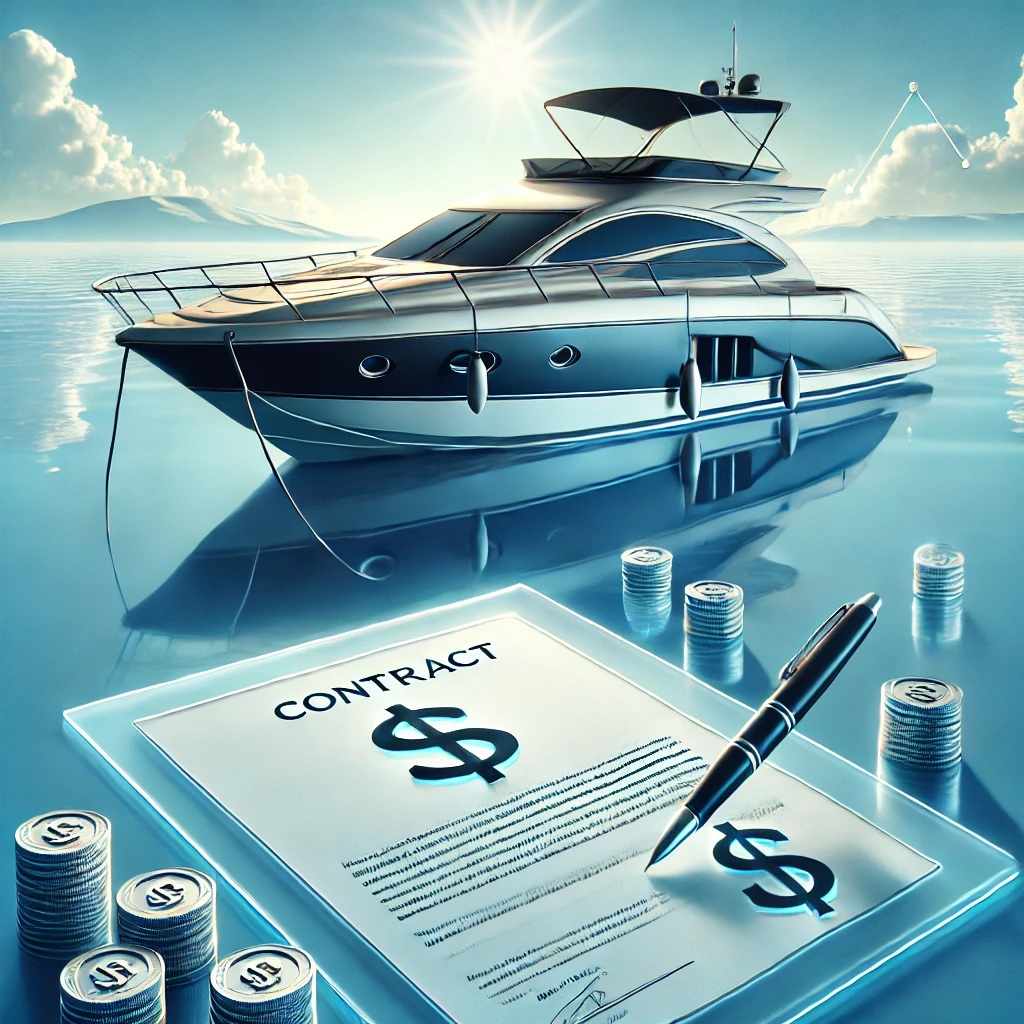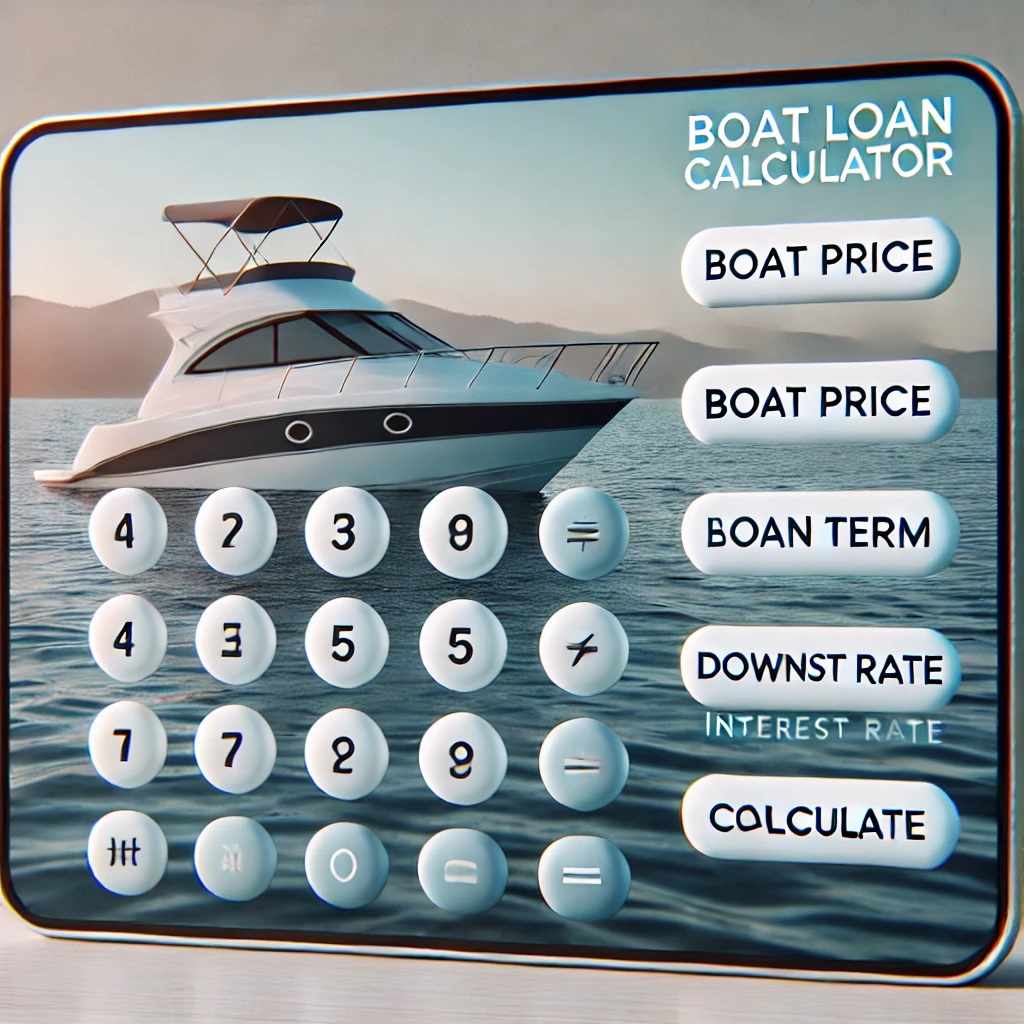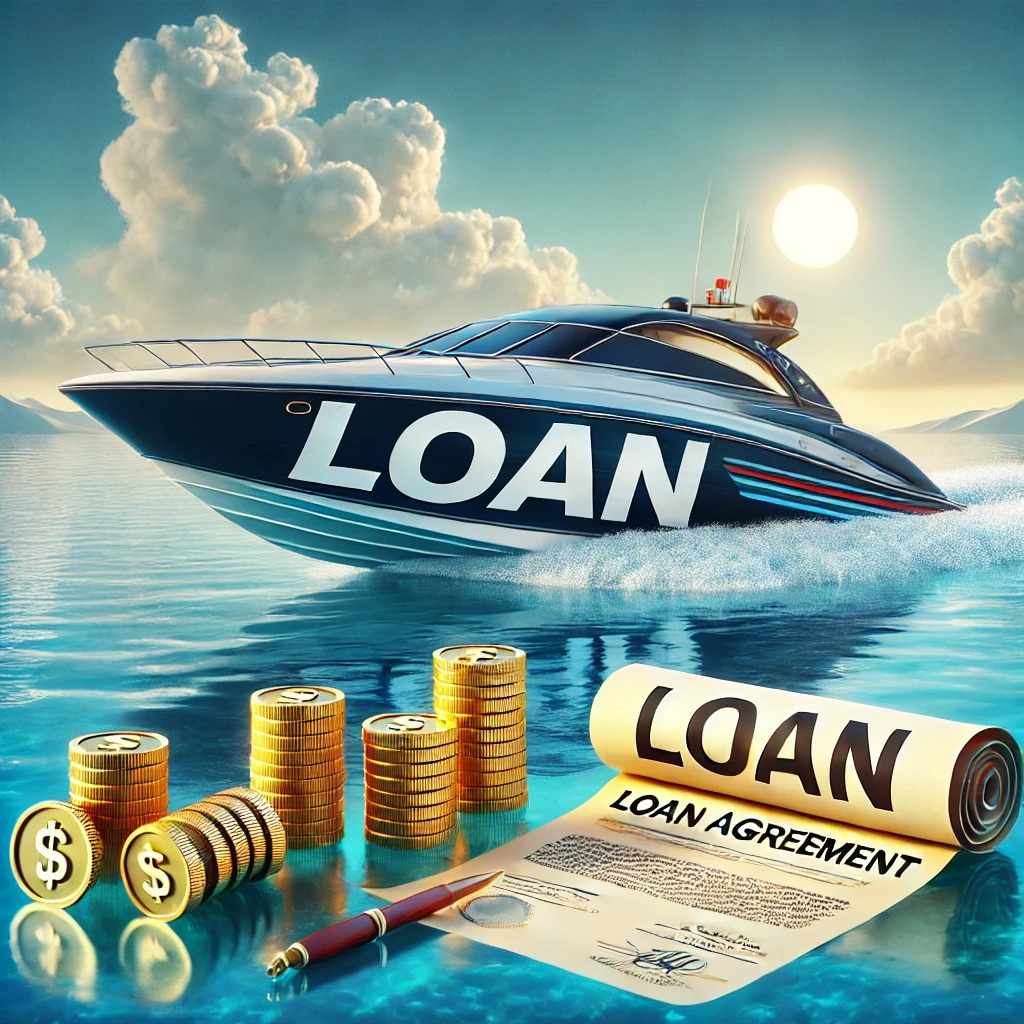
For many recreational boat buyers—whether you’re eyeing a sleek new powerboat, a reliable fishing boat, or a family-friendly pontoon—the financing process can feel like uncharted waters. One of the most common questions I hear from buyers is:
👉 “Is a used boat loan really different from a new boat loan?”
The short answer is yes—and understanding those differences can save you money, protect your credit, and help you choose the right financing strategy.
Why does it matter whether I’m buying new or used?
Boat loans aren’t one-size-fits-all. Lenders treat new boats and used boats differently because of risk, resale value, and loan security. Just like cars, boats depreciate over time—though not always at the same pace. A brand-new pontoon may lose value faster than a well-kept fishing boat that’s already a few years old.
That depreciation curve influences:
Loan approval requirements
Interest rates
Down payment expectations
Loan term length
How do new boat loans usually work?
When financing a new boat, lenders typically see less risk because the boat:
Has no prior damage or history to worry about.
Comes with warranties that protect its value.
Offers higher resale value in the early years.
💡 Example: Let’s say you’re buying a brand-new 22-foot powerboat for $75,000. With good credit, you might qualify for a lower interest rate (say, 6%) and a longer loan term (up to 15–20 years). That means smaller monthly payments—although you’ll pay more interest over time.
How are used boat loans different?
Used boats bring more variables into the equation:
Condition matters. Older boats may require marine surveys or inspections.
Lenders limit age. Many lenders won’t finance boats older than 15–20 years.
Shorter loan terms. Instead of 15–20 years, you may only get 5–10 years.
Higher rates. Because of increased risk, used boat loans usually carry a higher interest rate.
💡 Example: Imagine financing a 7-year-old fishing boat priced at $25,000. The lender may require a 10–20% down payment, offer a 7-year loan term, and set the rate closer to 8%. Your monthly payment could end up higher compared to a new boat loan—despite the lower purchase price.
What about down payments?
New boats often qualify for smaller down payments (sometimes as low as 5–10%).
Used boats generally require more upfront, especially if the boat is older or priced under $50,000.
This upfront cost can make a difference for first-time buyers deciding between a slightly older pontoon or stretching for a brand-new model.
Which option is better for recreational buyers?
It really depends on your priorities:
Choose new if you want longer loan terms, lower rates, and peace of mind with warranties.
Choose used if you want to save on upfront purchase price, even if financing costs a little more.
For example, if your family wants weekend cruises on a pontoon without stretching your budget, a used loan might be the smart play. But if you’re chasing trophy fish in tournaments, that new, warranty-backed powerboat might give you more confidence and longer financing flexibility.
Key takeaway for boat buyers
Yes—used boat loans are different from new boat loans. Understanding how they differ in rates, terms, and down payment requirements will help you:
Plan your budget realistically.
Avoid surprises in the financing process.
Make a smarter decision about whether “new” or “used” fits your lifestyle best.
FAQ: Used vs. New Boat Loans
1. Can I finance an older boat, like one that’s 20 years old?
Some lenders cut off at 15 years, but specialty marine lenders may finance older boats if they’re in good condition. Expect shorter terms and higher down payments.
2. Do I need a marine survey for a used boat loan?
Yes, many lenders require a survey (like a home inspection) to confirm value and seaworthiness.
3. Are loan interest rates fixed or variable?
Most boat loans are fixed, which means your monthly payment won’t change. Variable rates are less common but may be available through some lenders.
4. Is refinancing possible for used boat loans?
Absolutely. Refinancing can lower your rate if your credit improves or market rates drop, but it’s easier to refinance newer boats with higher remaining value.
5. Can I use a personal loan instead of a boat loan?
Yes, but personal loans often come with shorter terms and higher interest rates. Boat loans are usually better if you’re financing more than $15,000.
6. Are boat loans tax-deductible like home mortgages?
If your boat has sleeping, cooking, and bathroom facilities, the IRS may consider it a “second home,” making interest deductible. Consult a tax professional before assuming this benefit.
7. What credit score do I need for a boat loan?
Most lenders look for scores above 650, but the best rates usually go to buyers with 720+.
8. Should I buy new or used if I’m new to boating?
If you’re unsure about long-term boating plans, a used boat may be a safer, more budget-friendly starting point.






![🚤 Boat License Alberta: Cost, Fees, and Processing Time [2025 Guide]](https://sk0.blr1.cdn.digitaloceanspaces.com/sites/442687/posts/995564/boatloancalculator7.jpg)








Write a comment ...